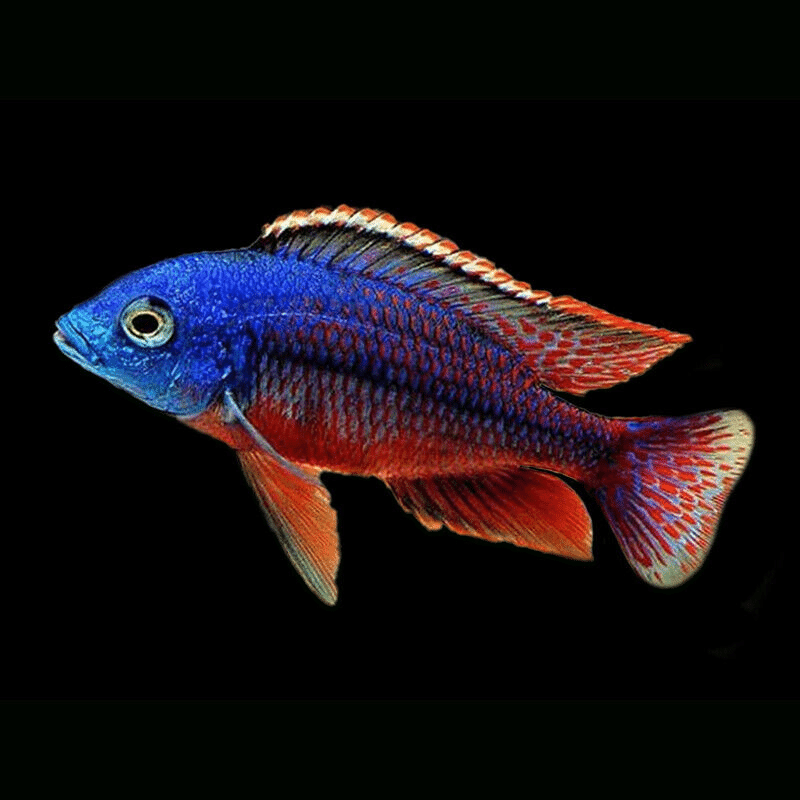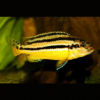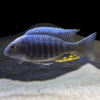To provide the best experiences, we use technologies like cookies to store and/or access device information. Consenting to these technologies will allow us to process data such as browsing behaviour or unique IDs on this site. Not consenting or withdrawing consent, may adversely affect certain features and functions.
The technical storage or access is strictly necessary for the legitimate purpose of enabling the use of a specific service explicitly requested by the subscriber or user, or for the sole purpose of carrying out the transmission of a communication over an electronic communications network.
The technical storage or access is necessary for the legitimate purpose of storing preferences that are not requested by the subscriber or user.
The technical storage or access that is used exclusively for statistical purposes.
The technical storage or access that is used exclusively for anonymous statistical purposes. Without a subpoena, voluntary compliance on the part of your Internet Service Provider, or additional records from a third party, information stored or retrieved for this purpose alone cannot usually be used to identify you.
The technical storage or access is required to create user profiles to send advertising, or to track the user on a website or across several websites for similar marketing purposes.















Emily Carter (verified owner) –
I recently added the Spindle Hap Cichlid (Protomelas Taeniolatus) to my aquarium, and I couldn’t be happier! For the past two months, this vibrant fish has been a real showstopper in my tank. With its stunning colors and unique spindle shape, it has quickly become a favorite among my Malawi cichlids. What I appreciate the most is how active and social it is; it interacts beautifully with other fish and brings a lively energy to my setup.
I initially considered a few other Malawi cichlids, but the Spindle Hap truly stands out due to its resilience and fascinating behavior. I noticed it’s quite adaptable, thriving in various water conditions while maintaining its health and vibrancy. I did face a minor issue with it being a bit shy initially, but after a week, it confidently took its place in the tank.
For anyone looking to enhance their cichlid collection, I highly recommend the Spindle Hap Cichlid. It’s perfect for both seasoned aquarists and those just starting out. Make sure you provide plenty of rocks and hiding spots to keep them feeling safe and secure!